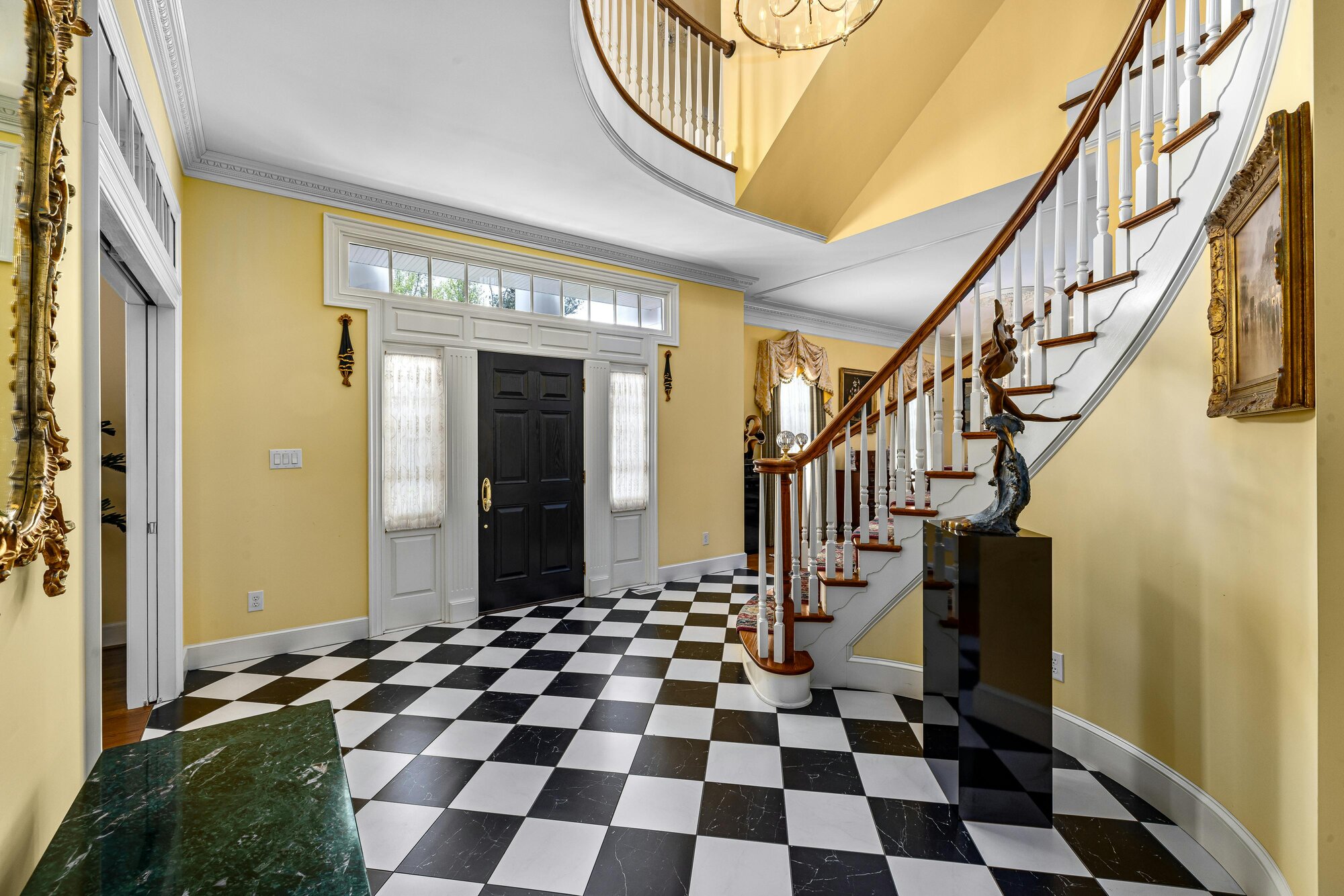
Article
The Hidden Costs of Vintage Charm: What Every Buyer Should Know About Buying Older Homes
That 1920s Craftsman with its original hardwood floors and built-in cabinetry may steal your heart at first sight. The mature landscaping, crown molding, and architectural details of older homes offer a charm that new construction simply can't replicate. But behind those plaster walls and beneath those vintage floors often lurk age-related issues that can quickly transform your dream home into a financial nightmare.
The True Cost of "Character"
Recent data shows that 32% of new homebuyers regret purchasing a property that needs more maintenance than expected. This buyer's remorse is particularly common with older homes, where systems may be approaching - or have already exceeded - their expected lifespans.
"The structure is 40 years old, so that's coming up for end of life for things like the air conditioning, the furnace. It could be the second time that the water heater needs to be replaced," explains John Sigmund, co-founder of PropertyLens. "You're also looking at all of the indoor plumbing. Nobody replaces their valve stops. Those start going, and then you start having indoor water leaks."
While you might be budgeting for cosmetic updates, the real expenses often hide in these aging systems that require immediate attention.
Pre-1978 Homes: Hidden Hazards Behind the Walls
Homes built before 1978 come with a specific set of potential hazards that modern homes typically don't have. As Bob Frady, CEO of PropertyLens, shares from personal experience:
"Three times I've renovated a house that was built before 1978. Lead paint and asbestos were present in all of them. Knob and tube wiring was present in one of them. And poor insulation was in two of them."
These issues aren't just expensive to remediate—they can pose serious health and safety risks:
- Lead Paint: Often found in layers beneath newer paint, it becomes dangerous when disturbed during renovations or when it deteriorates.
- Asbestos: Commonly used in insulation, floor tiles, and around pipes, asbestos is relatively safe when undisturbed but becomes hazardous when materials degrade or are removed improperly.
- Knob and Tube Wiring: This outdated electrical system wasn't designed to handle modern appliances and can be a significant fire hazard.
- Inadequate Insulation: Older insulation materials are often less effective and may contain harmful substances.
The Bottom Line
Older homes offer character and craftsmanship. However, the true cost of ownership can extend far beyond the purchase price. By understanding and planning for age-related issues, you can make an informed decision about whether that vintage charmer is a treasure or a money pit.
Before making an offer, understand what the property has been through. Has it experienced flooding? Major renovations? Insurance claims? This history shapes what you and your inspector should focus on.
Before you fall in love with that vintage beauty, put it under the PropertyLens. Our comprehensive property reports reveal age-related risks and help you budget realistically for future repairs—turning potential regrets into confident decisions.